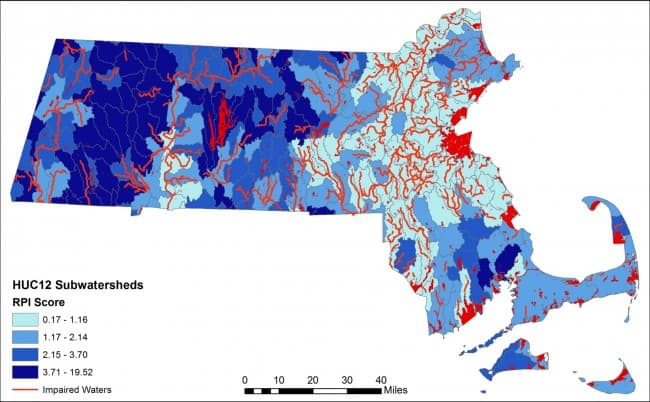Assessments of Watershed Recovery Potential
Comparing the ecological, stressor, and social factors that affect water quality
Cadmus provides support to the U.S. Environmental Protection Agency (EPA) and individual states on the use of recovery potential screening (RPS) methods to compare the relative restorability of watersheds with water quality concerns. The evaluations rely on a systematic method for comparing the ecological, stressor, and social factors that affect water quality across thousands of watersheds.
- To date, Cadmus has calculated hundreds of metrics for Massachusetts, Tennessee, New Mexico, and Vermont that are used within a multimetric index approach to make statewide comparisons. Cadmus’ work provides water resource managers with tools and data for making data-driven decisions on the prioritization of watersheds for restoration and protection actions.
- Cadmus assists EPA in conducting multistate demonstrations of RPS as a tool to support the development and implementation of effective state strategies for managing nutrients.
- To communicate screening results and to train decision-makers on the application of the RPS approach, Cadmus has developed and led multiple technical-transfer workshops. During these two-day trainings, we deliver presentations that communicate the overarching principles behind the RPS approach and provide hands-on assistance with dozens of training exercises.
These screening-level analyses result in identification of those impaired watersheds with the greatest potential for recovery, as well as those watersheds with the highest ecological health scores and lowest stressor exposure scores (i.e., the healthy watersheds).
